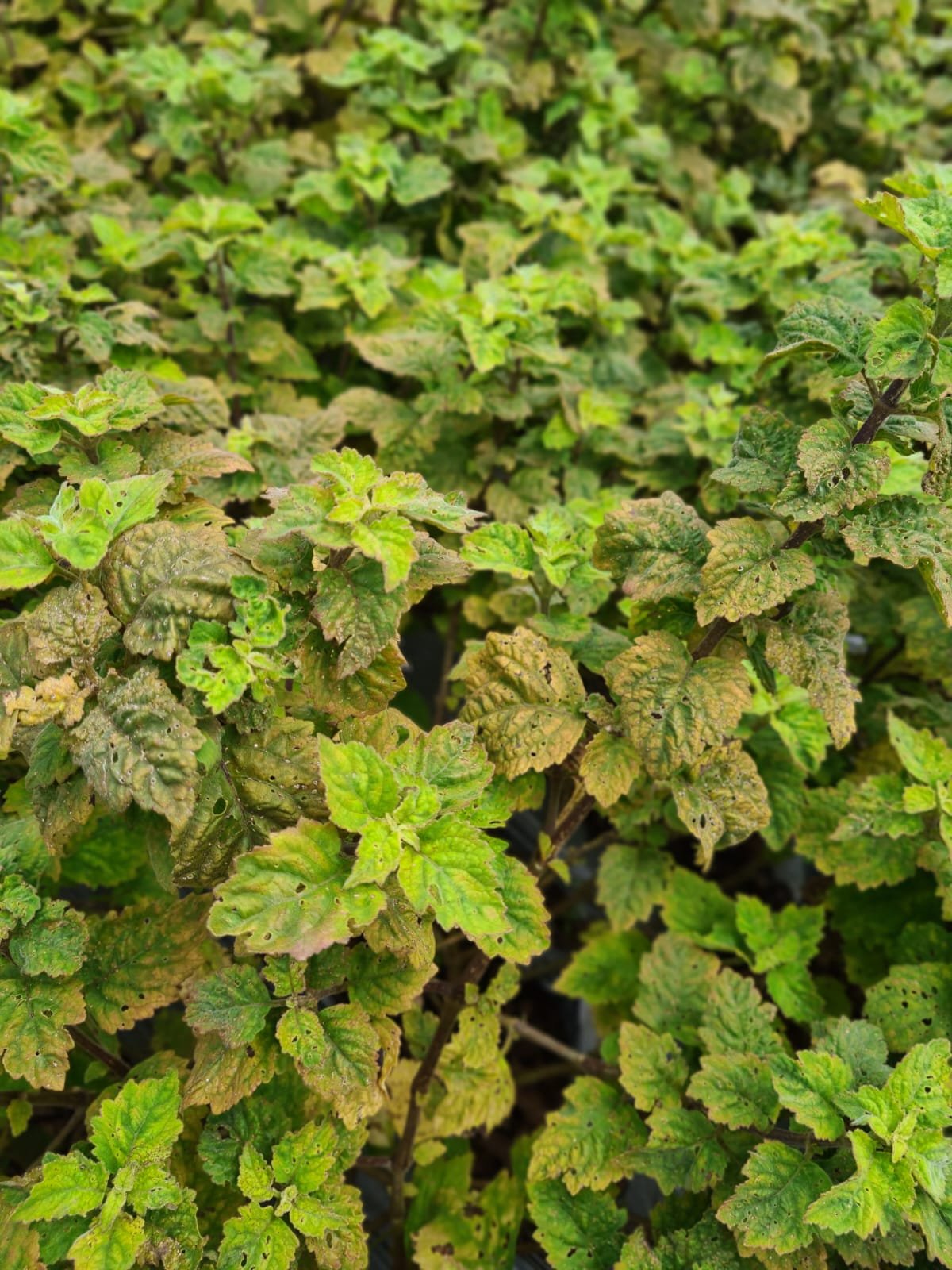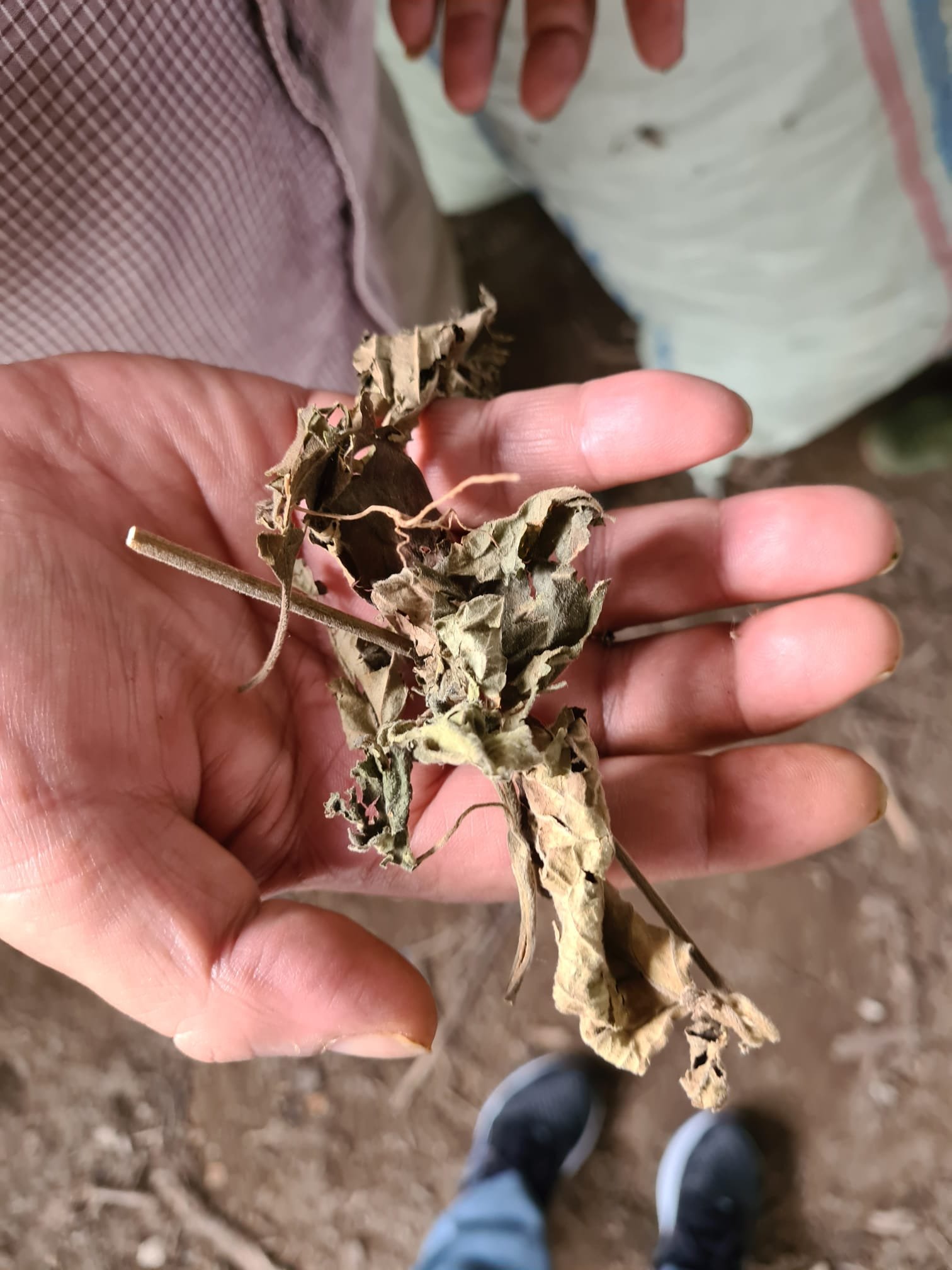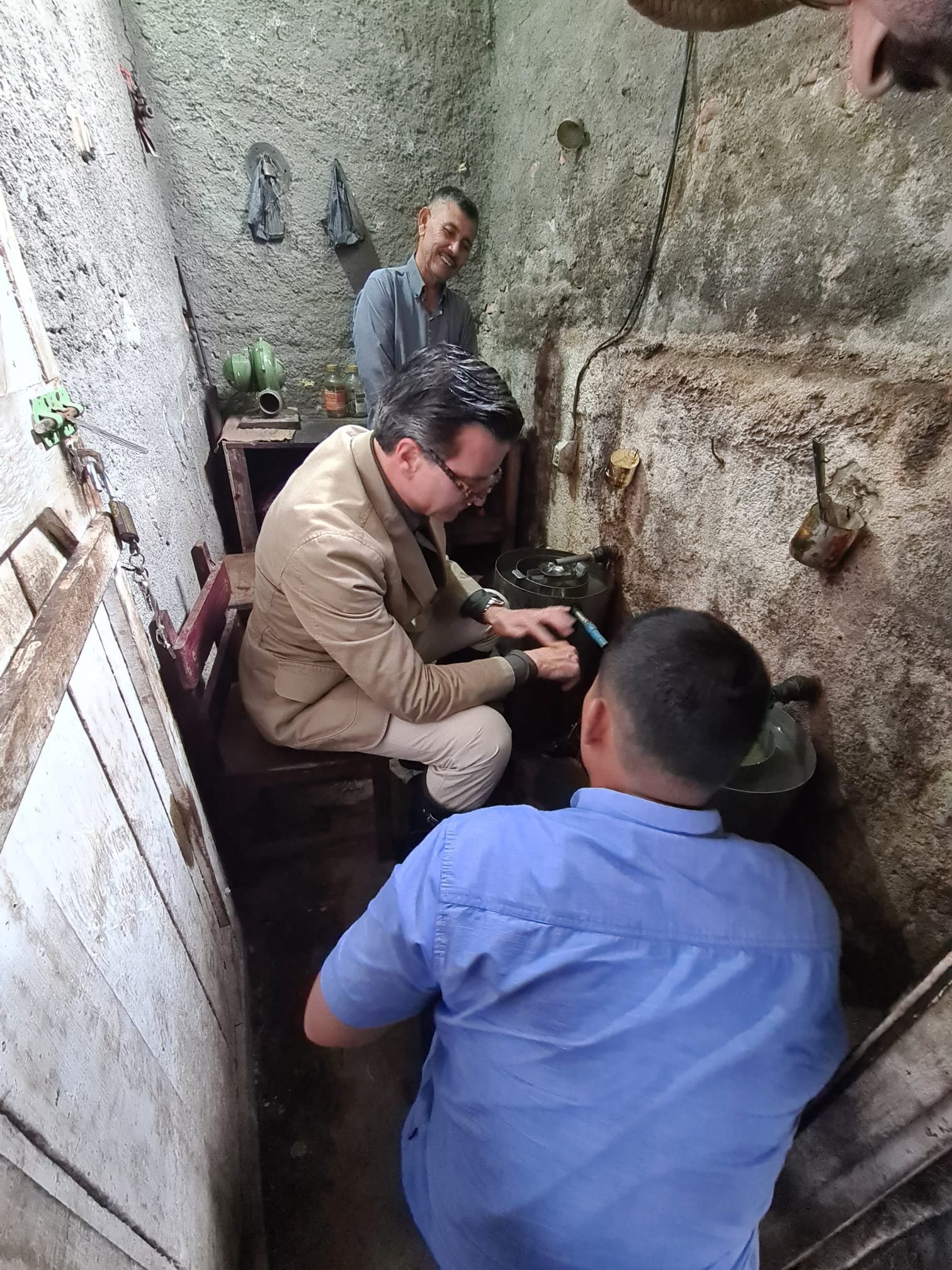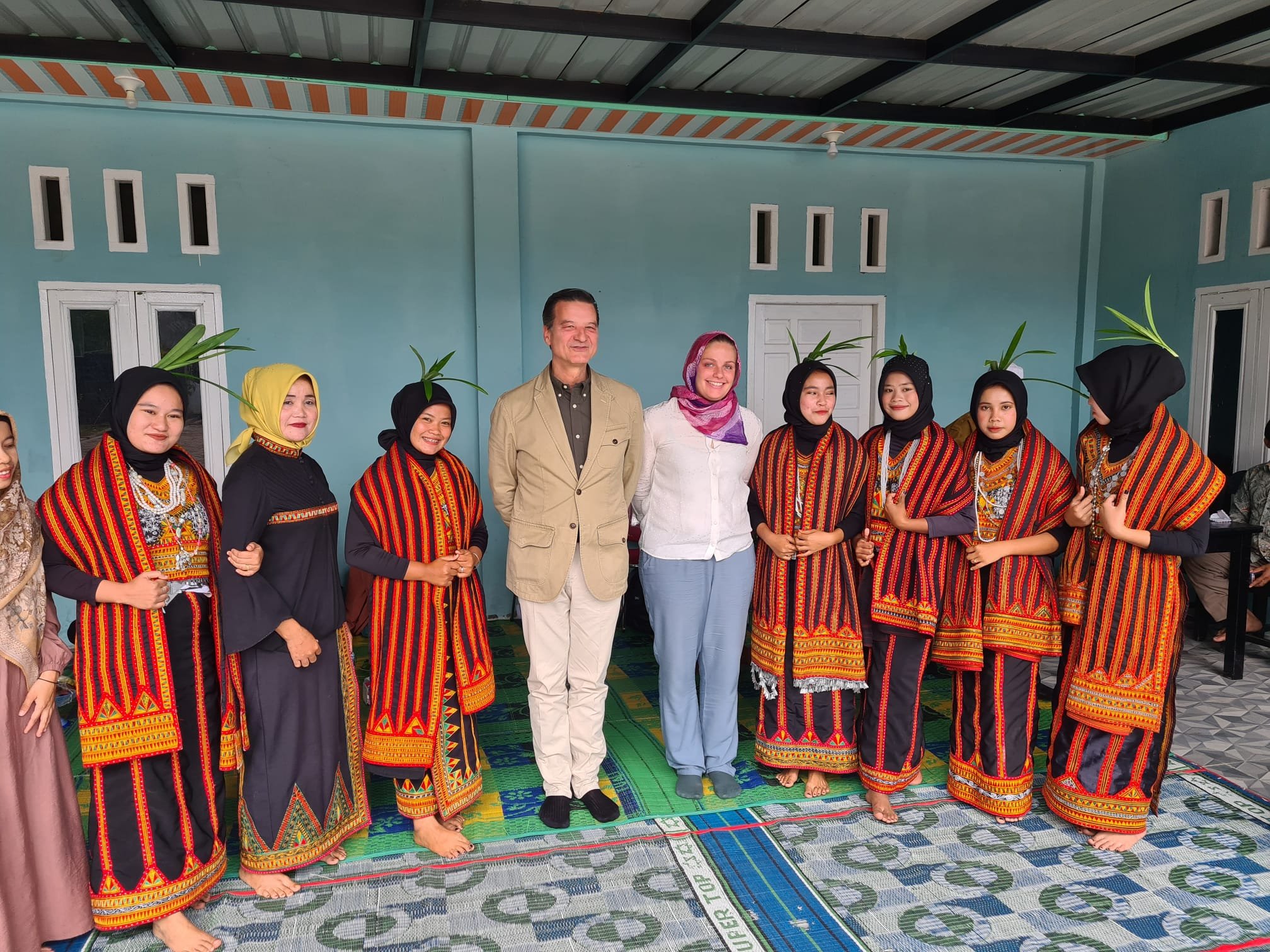Thierry Wasser, Master Parfumer at Guerlain
Guerlain has the ambitious goal to achieve UEBT certification by 2026 for its 40 most emblematic ingredients. What will you need to develop to meet that goal?
Actually we’d love to have 50 natural ingredients supply chains certified by 2026. For generations we did empirical work to create a ‘sustainable’ relationship with every single partner around the world. I learned sourcing and manufacturing from Mr J.P. Guerlain and continued his way of conducting business. We realized that you can only change positively what you have measured beforehand. So we decided to partner with UEBT to be able to get a picture of where we stand, then operate the actions needed. We are specifically building Biodiversity Action Plans (BAPs) hand in hand with our partners in view to be able to be certified.
For many years the luxury sector was rather reluctant to talk about sustainability. Some brands were carrying out some sustainable initiatives but were not openly talking about it. Today more and more luxury brands, Guerlain included, are willing to openly share their work. What do you think drove that change?
I’m not sure that the luxury sector was reluctant to talk about sustainability. I just think it was not a topic because customers were not focused on it. Consumerism is still driving the economy but consumers are more aware of climate change and this makes manufacturers talk about their sustainability work more.
How does Guerlain lead the way to promote sector-wide change on sourcing issues? And what challenges do you think still remain for the wider luxury industry?
Since day one in 1828, Guerlain sourced and manufactured everything it was selling. No company is in a better position today to have an almost two-century-long experience in the cosmetics field than we are. This work was transmitted from generation to generation. My very sensible and personal relationship with Mr Guerlain is today the living proof of this transmission. As per the challenges, the topic of sourcing is very technical and complex. What is the carbon footprint of a synthetic material made from fossil fuels as a starting point versus the same ingredient made though “green chemistry” or biotech? How to get to the most advanced, clean molecule? Are natural products more sustainable than molecules? And many more questions to address. There is indeed a sensible acceleration in changes of mentalities and practices in our sector and we are starting this by measuring our most iconic sourcing routes with UEBT to allow us to validate and upgrade what we have done for five generations.
Guerlain has a new project about biodiversity regeneration. The brand acquired acres of land in a village near Paris where you want to develop an experimental garden for Guerlain. Can you tell us a little more what will be this project about?
Guerlain is proud of its new role as Sustaining Patron of the Millière Valley (Vallée de la Millière) Association. Chaired by environmental activist and friend of the Maison, Yann Arthus-Bertrand, the Association oversees the development of a site of over 30 hectares in the French county of Yvelines, close to Rambouillet Forest, with the goal of ‘rewilding’ the area and transforming it into a conservation area. Purchased by Yann Arthus-Bertrand in 2020, the site is home to at least 350 different species, and is officially classed as a “Natural Zone of Interest for Ecology, Flora and Fauna.”
Long-term, the Valley is intended to become a haven for wildlife, as well as acting as a research base for scientists and environmentalists seeking to study the human impact on natural ecosystems, thanks to partnerships with Paris-Saclay University and the Haute Vallée de la Chevreuse Natural Park.
An area of 1.4 hectares adjacent to the nature reserve houses an educational communal garden, ‘Le Jardin des Partages’, designed in line with agroforestry and permaculture principles. Supported by Guerlain, the garden seeks to highlight the area’s rich natural biodiversity while encouraging sustainable harvests.
As Guerlain Master Perfumer I work alongside the Association to study and implement sustainable growth techniques, prioritizing environmentally conscious ways to guarantee the perennity of raw materials. Their findings will be shared with the Maison’s other suppliers as part of LVMH’s LIFE 360 initiative, with the hope of creating a wider impact.
Nowadays we witness ever-rising expectations of consumers that brands should protect biodiversity and the communities where raw materials are harvested. What about the social aspects - how does Guerlain support local livelihoods?
We’ve never just bought raw material. We always bought raw material from someone. Sustainability starts with thousands of “someones” in the world. If I mention brotherhood around the world I do so because I know firsthand that brotherhood exists. If you do not take care of the local communities as you call them who is going to take care of you? If your partners don’t survive, you are the next on the list …. How does Guerlain support local livelihoods? By getting to know what is the local livelihood on site. You do not need to take the same actions in South of Italy, as you do in Bulgaria, or Venezuela, or Sumatra, or Comoros. You need to feel, you need to know, you need to get it in your body to understand people’s needs. It’s different everywhere. That’s how you start to support the social and local aspects.
Preservation of bees are at the center of Guerlain's sustainable commitments. The brand recently launched 'Women For Bees,' a partnership with UNESCO that has the support of Angelina Jolie. Can you tell us what this programme is about?
Copyrights © National Geographic
“Women for Bees” is a state-of-the-art female beekeeping entrepreneurship program launched by Guerlain to help promote its twin objectives of women’s empowerment and biodiversity conservation.
Launched in 2020, the program aims to train women beekeepers and to develop apiary exploitations of reference within UNESCO biosphere reserves, some of which are home to the House’s sustainable sourcing channels. Biosphere reserves are sites designated by the government and UNESCO to test sustainable development initiatives both locally and internationally.
This entrepreneurship program is growing and adapting to meet even better the challenges of protecting bees around the world, focusing on local and native bees, their welfare, maintenance, and repopulation, as well as education on bees. The program aims to enable women’s empowerment through an expertise-driven sustainable professional activity. It also aims to contribute to raising awareness of the importance of all bee species as pollinators, bearing in mind that animals play a major part in the pollination of 90% of the planet’s wildflowers and contribute to 30% of the world’s food security.
Each hotspot has been meticulously chosen, with the help of Guerlain’s local teams, on the basis of documented research highlighting: the fragility of the ecosystems they shelter, the risk of disappearance of local endemic bees in the medium and long term, and the correlation between the benefits of the program for women trained in beekeeping and the positive impact of its implementation on the environment.
By 2025, 50 women beekeepers will have been trained and supported in setting up their beekeeping operations, and 25 biosphere reserves will host the program.
Copyrights ©Eric Tourneret
Guerlain has a sustainability advisory (non-director) board with Yann Arthus-Bertrand as Honorary President and UEBT Executive Director Rik Kutsch Lojenga as one of the 13 experts. You are also part of this advisory board, can you tell us what is its mission?
Formed in 2021, this sustainability advisory board includes 13 experts in specialisations pertinent to the various challenges of Guerlain’s House in terms of Sustainable Development. It offers a forward-looking consideration for the development of issues: new challenges and also new solutions.
Concretely, this advisory board is tasked with sharing the priorities of their sectors with us, determining emerging subjects, validating whether we are addressing them in a transparent, fair, well-proportioned way, co-constructing the various environmental and social themes with us, providing opinions, recommendations and advice on the current or upcoming actions of Guerlain, and doing this freely and independently.
In addition, working sessions were organized to elaborate the respective expertise of the advisory board’s members, and they meet several times a year to carry out this work of reflection and foresight. It also suggests various themes to be explored in greater depth in order to be visionary in relation to our challenges. The Sustainable Board challenges us on a daily basis about our commitments, what actions we take and how we take them.
Guerlain’s sustainability advisory (non-director) board - Studio Yann Arthus-Bertrand
Thierry Wasser, Master Parfumer, Guerlain











